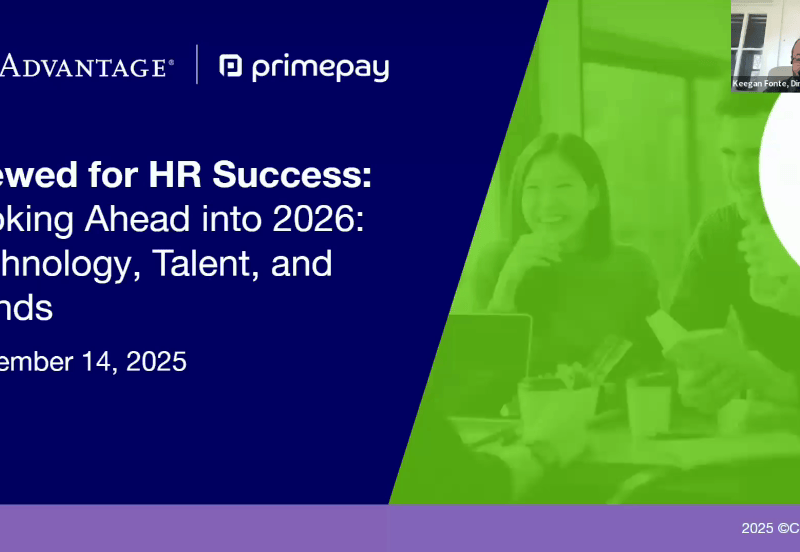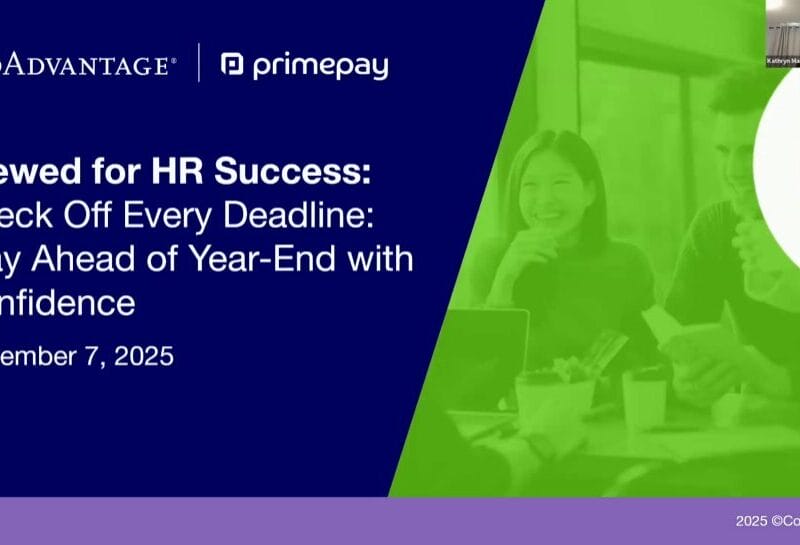Ever wonder why some companies earn loyal clients while others are stuck chasing customers? The difference may be more than just service: It starts with a mindset.
Many businesses use the terms “client” and “customer” interchangeably. But for service-focused organizations, recognizing the difference helps them be more intentional about the experience they deliver and the long-term partnerships they aim to build.
Sure, it might seem overly picky to focus on semantics. But in this case, the distinction isn’t just linguistic — it’s strategic.
Below we explore what separates a client from a customer, why it matters, and how embracing the “client” mindset shapes your approach to service and success.
Client vs. Customer Differences
According to the Oxford Dictionary:
- A customer is “a person or organization that buys goods or services from a shop or business.”
- A client is “a person who uses the services or advice of a professional person or organization.”
HubSpot puts it succinctly: Customers buy products; clients buy advice and solutions.
Because both engage in a transaction, the terms often get lumped together, especially in the SaaS space. But for us, the similarity ends there.
Here’s how we break it down:
| Aspect | Customer | Client |
|---|---|---|
| Focus | Transaction | Relationship |
| Interaction | One-time or short-term | Ongoing, continuous |
| Support model | Reactive service | Proactive partnership |
| Value | Immediate need | Long-term success |
| Example | Retail purchase | Payroll and HR services |
Customers come for a moment. Clients stay for a journey. And that difference transforms how you should think about experience, service, and success.
Examples of Client vs. Customer Approaches
Understanding the client vs. customer distinction in theory is one thing, but how does it actually manifest in real-world interactions?
Let’s look at the practical differences between a customer approach and a client approach, especially in service-based industries like payroll and HR:
| Scenario | Customer Approach | Client Approach |
|---|---|---|
| Software onboarding | Sends a generic email with self-service tutorials. | Assigns a dedicated onboarding specialist to guide the setup and offer advice. |
| Support interaction | Offers a templated response to resolve the issue quickly. | Provides templated responses with contextual recommendations and dedicated support for personalized troubleshooting. |
| Feedback collection | Request a star rating and NPS after a chat session. | Actively invites clients to provide detailed input to understand the overall relationship. |
| Growth opportunities | Recommends additional features based on pain points and needs. | Proactively identifies business goals and suggests tailored solutions to support growth. |
These examples reinforce the value of building long-term client relationships through strategic, personalized service.
According to research by Forrester, customer-obsessed companies grow revenue 1.8x faster than their competitors. When that obsession shifts toward deeper client relationships, the impact is even greater.
Why the Client vs. Customer Difference Matters
When you think of the people you serve as clients instead of customers, your entire strategy evolves.
Customer service tends to focus on volume and speed — get to the next ticket, solve the next issue. That model has value, especially for transactional businesses. But when you’re in the business of solving complex problems over time, you need something more: client service.
Client service is about connection. It’s about understanding someone’s goals and challenges and building a relationship that supports both. It elevates the level of personalization, attention, and accountability you bring to the relationship.
This mindset shift prevents teams from seeing people as just numbers or support tickets. Instead, they treat them as trusted partners in a shared journey.
The Role of Client Success
Client success is a philosophy and practice rooted in:
- Empathy for client challenges
- Proactive guidance for product usage
- Collaborative problem-solving
- Ongoing engagement
Ask yourself:
- Is the client using our solution in the most effective way?
- Can we provide expert insights to help them get more value?
- What are their long-term goals, and how can we help them get there?
- What problems have yet to be solved, and how can we help uncover solutions?
Also note that client success is reciprocal. Clients share feedback, ask questions, and become invested in product evolution. They transform into power users, not because you asked them to, but because they see the shared commitment to their growth.
Help Your Clients Succeed
Once you begin thinking of your buyers as clients instead of customers, everything shifts.
You should:
- Hire for empathy and relationship skills
- Train teams to be proactive advisors, not just support agents
- Design systems and workflows that prioritize personalization and insight
We know you’re not in the business of “buying and goodbye-ing.” You’re here to create ongoing value and ensure our clients feel supported, understood, and empowered at every step.
That’s the promise of client success, and that’s what makes the difference.










